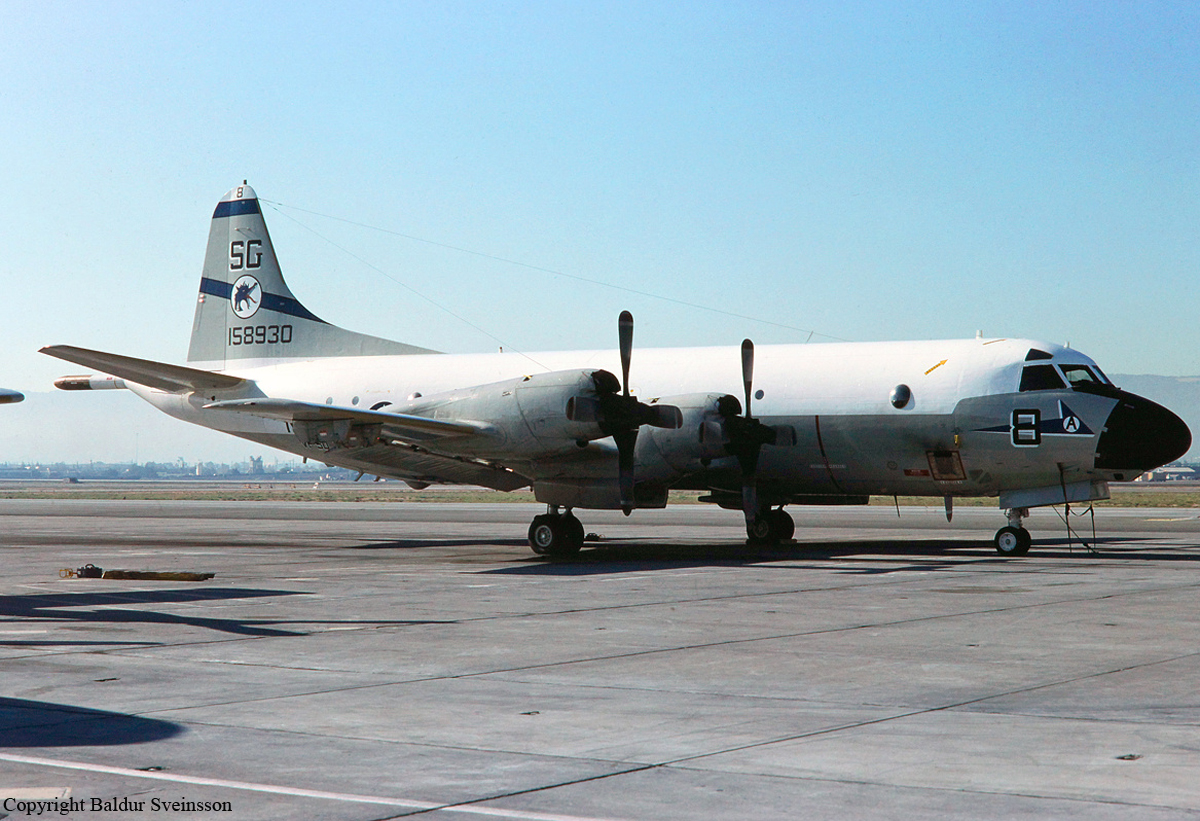Crash of a Rockwell Aero Commander 685 in the Atlantic Ocean: 2 killed
Date & Time:
Jun 16, 1991
Registration:
ZS-JRF
Survivors:
No
Schedule:
Indiana - Recife - Libreville
MSN:
685-12062
YOM:
1974
Crew on board:
2
Crew fatalities:
Pax on board:
0
Pax fatalities:
Other fatalities:
Total fatalities:
2
Circumstances:
The crew departed Indiana, Pennsylvania, on a flight to South Africa. A fuel stop was completed somewhere in Florida then the crew continued to Brazil. After takeoff from Recife-Guararapes Airport, en route to Libreville, Gabon, the crew informed ATC about his position some 150 km offshore and was cleared to climb to FL150 when radar contact was lost. SAR operations were initiated jointly between Brazilian and South African Authorities who dispatched a Lockheed C-130 Hercules. Following three unsuccessful days of research until the Ascension Island, the crew returned to South Africa. No trace of the aircraft nor both occupants was ever found.
Probable cause:
Due to lack of evidences, the cause of the accident could not be determined.





